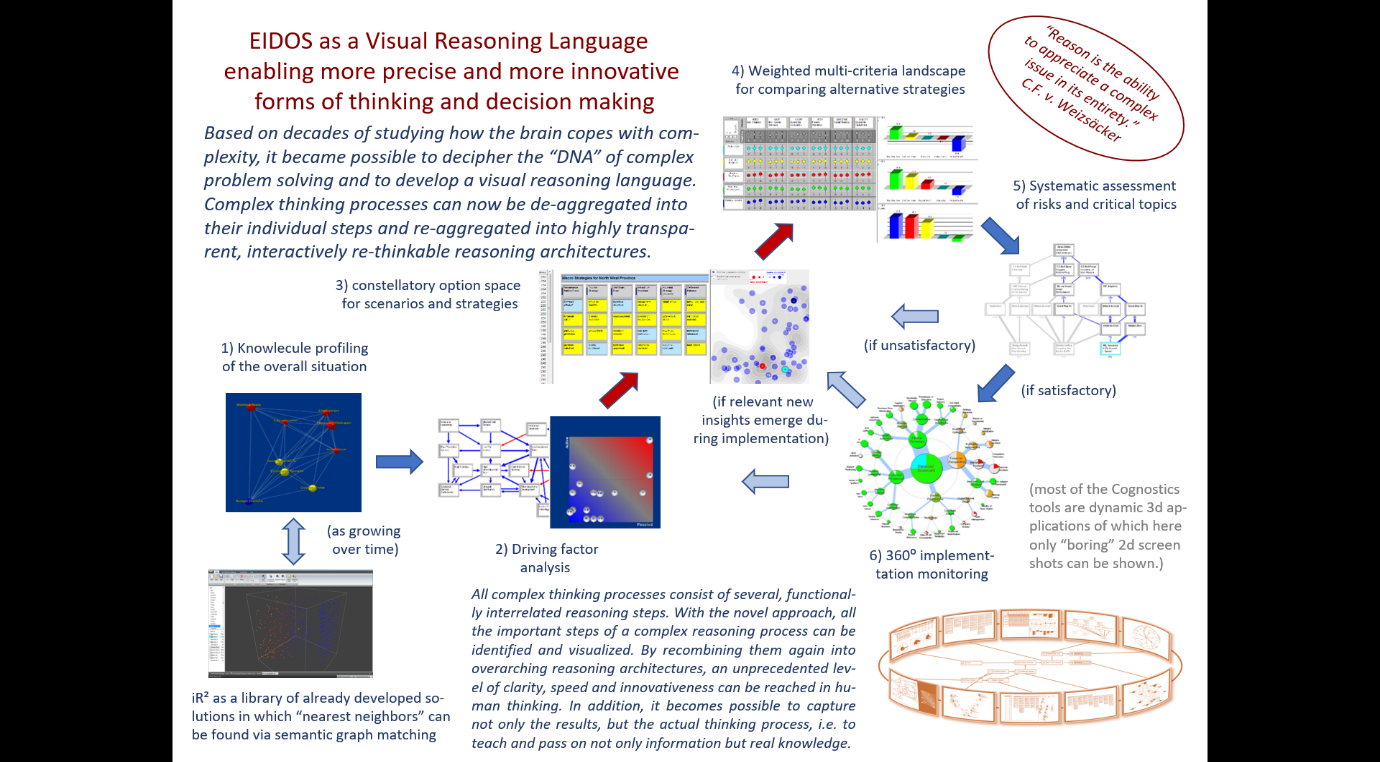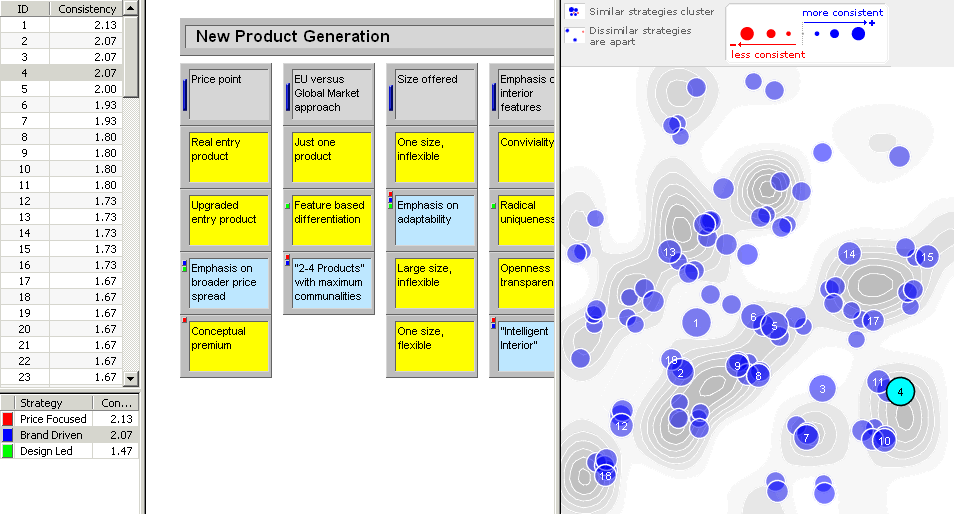eidos-blog

Almost every manager covets the role of CEO at some point in his or her career. And yet, it is lonely at the top. A very tough position to fill. 25% of CEOs of Fortune 500 companies in this century were either fired or asked to quit.
A PwC study revealed that $112 billion is lost annually in just the world’s 2500 most significant companies. The actual figure is much higher.

With increasing disruption and complexity, CEO’s today need to be able to look around the corner
In today’s hyper-connected world, change is not only constant; it is inevitable. Especially when least expected. One example is the recent fiasco with Boeing, which was not very well managed and is going to cost the company in ways it never even thought possible.
Scenario based strategising using Eidos
Background:
The scenario technique was pioneered by Shell in the ’70s. Since then, it has been used by large corporations and governments across the globe.
A strategy is ultimately about creativity (seeing the options) and synthesis (deciding on a superior course of action) and NOT about analysing data – Henry Mintzberg
The role of the scenario technique would be to boost the ability of top management to identify superior courses of action that are different from the status quo and to foresee the consequences.
Challenges in scenario-based strategizing
Fundamental problems: Traditional strategic planning exercises tend to follow formal rationality, with the tendency of managers to emphasize short-term, feedback-based learning rather than aiming to anticipate long-term events and their consequences.

Someone at Huawei was undoubtedly on the ball. While the world woke up to the shocking news that Google was disconnecting it’s OS and Play Store from Huawei, many observers thought it was over for the Chinese company.



